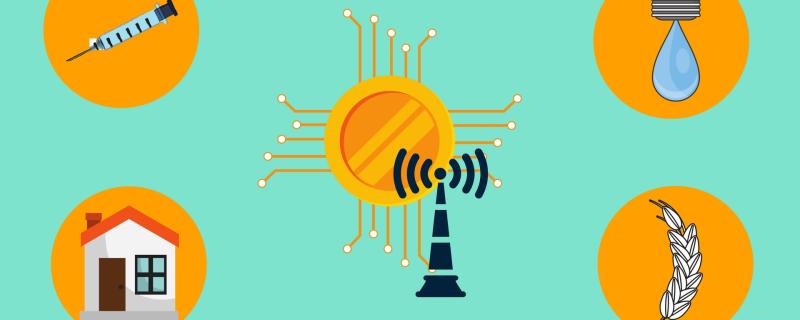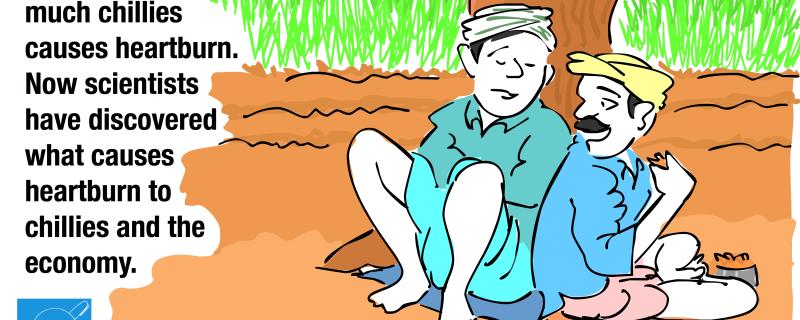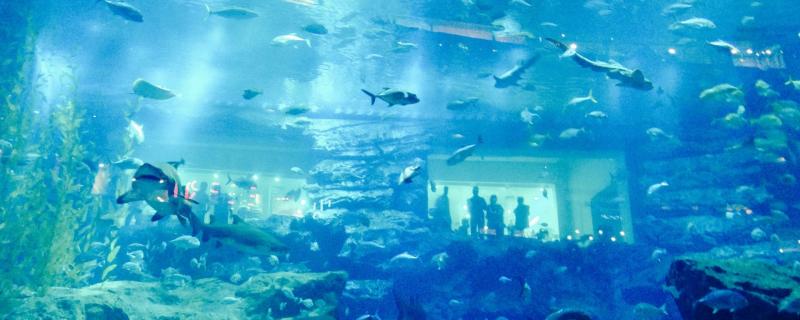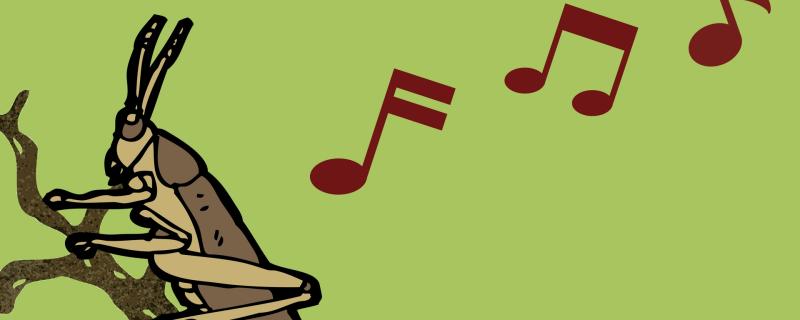The rhythmic contraction and relaxation of muscles of the food-pipe or the oesophagus, called peristalsis, pushes the food to the stomach. Researchers from Indian Institute of Technology, Varanasi have developed a mathematical model of the human oesophagus that could explain the pressure variation in the oesophagus.
आईआईटी मुंबई द्वारा विकसित नया स्पाडानेट (SpADANet) नामक डीप लर्निंग फ्रेमवर्क सीमित लेबलों का उपयोग करते हुए कई, चक्रवातों में हुए हानि के वर्गीकरण की सटीकता को बढ़ाता है।
Mumbai/









_2.jpg)